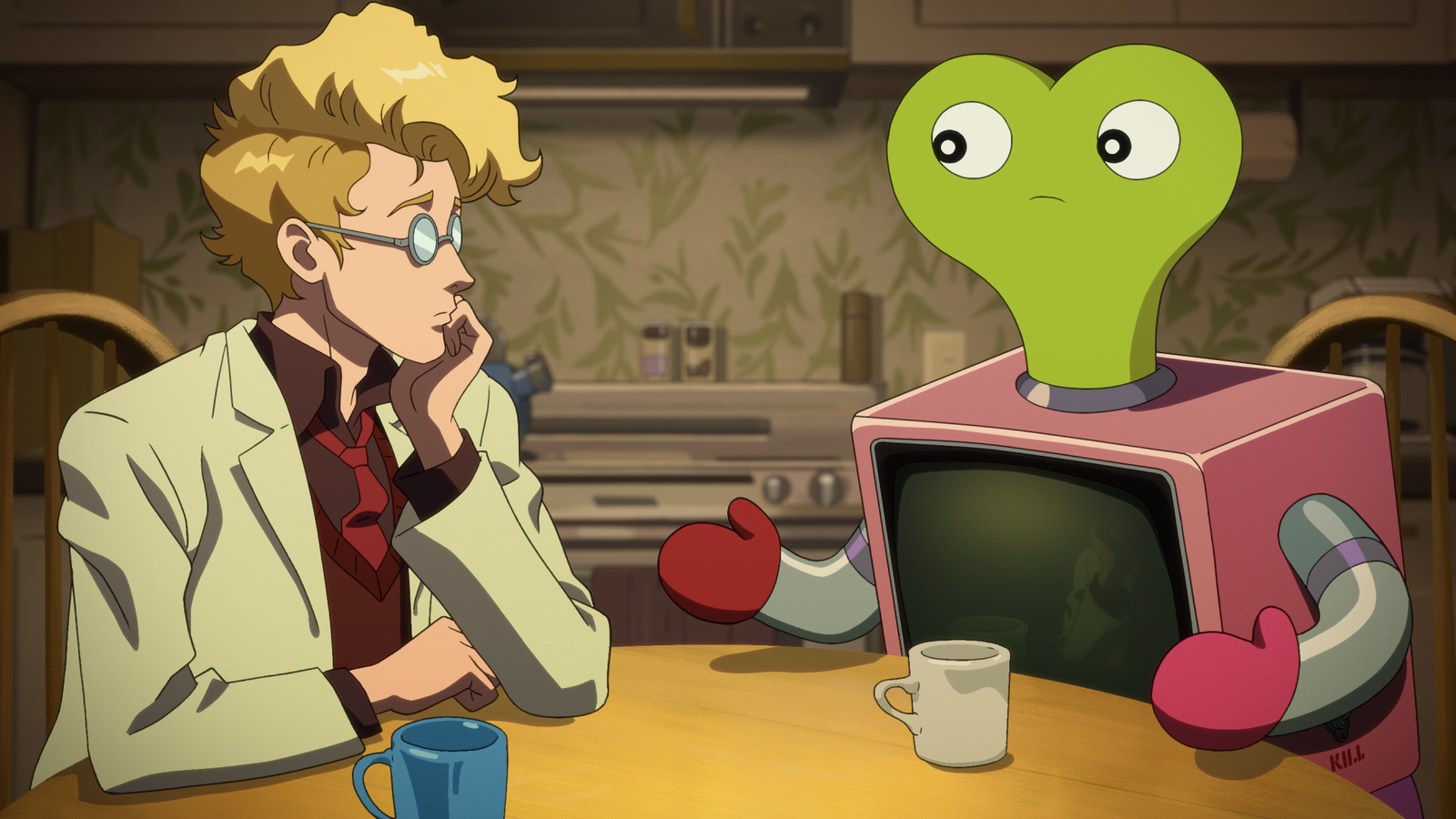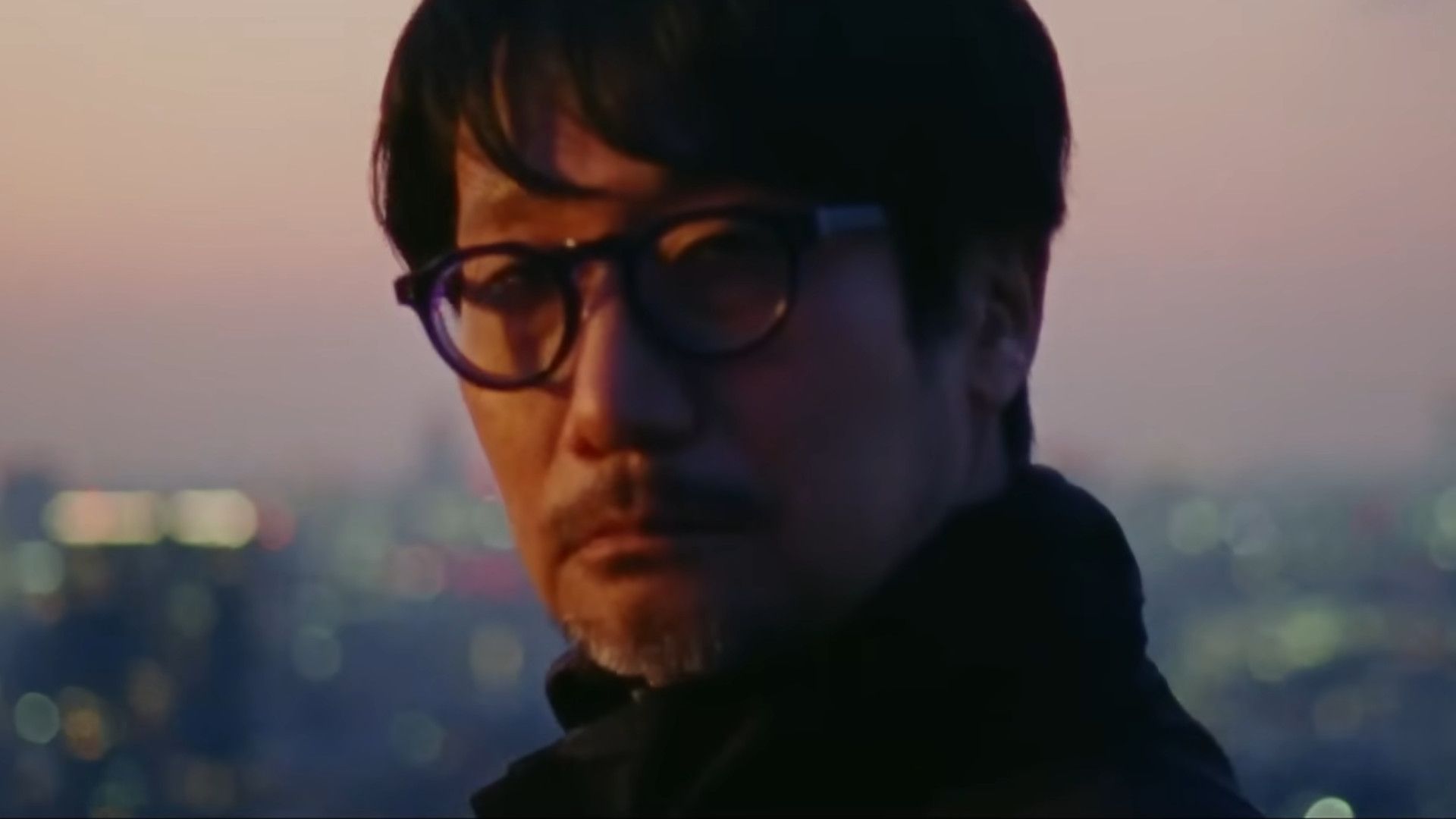
Scott Lawler and Tomas Neumann had a tough mission when designing the sound for Overwatch. “We were talking with our game director, Jeff Kaplan, and he gave us this lofty goal of, ‘I want to be able to play the game with the monitor practically turned off,” explains Lawlor, senior sound designer on the project. “Of course, we’d never be able to do that. But the point was he wanted so much information about what was going on to be encoded in the sound.”
During a panel at GDC, Lawler and Neumann, senior software engineer, talked about how they tackled this problem. Lawlor explains how a common process for sound design, high dynamic range audio, wasn’t going to cut it. When layering different sound effects on top of each other using HDR, “the loudest sound wins.”
Lawlor says that Overwatch needed a sound system that could dynamically change the mix of sound effects depending on what enemies were the greatest threat, which led them to create ‘the importance system.’ By monitoring which enemies are looking at you, shooting at you, and the distance they are from you, Overwatch is able to tweak the sound mix on the fly, emphasizing the sounds and footsteps of your greatest threats while dimming everything else.
You can almost listen to the walls, you can hear as you turn a corner things are getting dimmer and quieter.
Even with the importance system, Neumann says that they were still having problems “communicating to the player when they were in danger.” While sounds were being mixed dynamically, there was little sense of space, and it was easy to hear an enemy in another room and think that they were in the same room as you.
By building ‘paths’ that would calculate the extra distance sound had to travel around an object or structure, Neumann says the team could accurately create a muffled sound that changed as both players moved about in a space. “This was maybe the most important feature we added to the game when it comes to playing by sound,” Lawlor says. “You can almost listen to the walls, you can hear as you turn a corner things are getting dimmer and quieter. You have a sense of safety when you’re out of danger.”
Another major aspect of creating a game that could be played by sound was using voice overs and sound effects to impart valuable information to the player. Each of the 21 characters in Overwatch, for example, has their own unique footsteps that players can learn to identify. Going further, Neumann explains that they also needed to make the voice overs and ability sound effects easily distinguishable for whether they came from a friend or foe. Character abilities will also impart information through sound, like Mercy’s healing staff humming at rising tones to indicate the increasing health of a healed player.
![Img 5468[1]](http://0cb8dd5d2dc142d08f0f-eb3b436d25971e5860b39e72b0600342.r94.cf1.rackcdn.com/images/dhF24W4NfbEi.878x0.Z-Z96KYq.jpg)
Overwatch also decides what voice over clips it should play during combat based on the context. Instead of having to listen to every grunt or taunt from every player, Overwatch distills VOs down to those that are the most informative. Players can easily hear enemies triggering their abilities, but will never hear the taunts they give when they use them successfully. “We didn’t want to taunt people, we wanted to keep the game friendly and non-toxic,” Neumann says.
Lawlor says that by layering each of these systems together, the goal was to create a “Pavlovian response” from players. When they hear a certain sound, they’ll immediately react on instinct. The idea is also to give players a sense that they never died to a cheap kill since they received all the requisite information but failed to do anything about it. “It was absolutely key that we did that,” Lawler states.
Obviously sound design is close to the team’s heart, and at the end of their talk Lawlor announced that Overwatch would be supporting 3D audio through Dolby Atmos. Overwatch would also be the first game to support Atmos over headphones, which will be a feature appearing in the beta next week. “We think this is going to be a good thing for the game,” Lawlor states. “When you play the game and you can pinpoint the Pharah flying above your head or the sniper up on the ledge, it adds to this fundamental goal of trying to play the game by sound.”
Overwatch is currently in closed beta and will be releasing on May 24.


